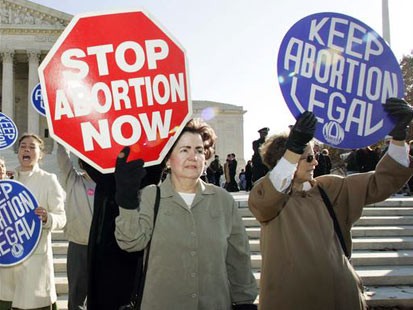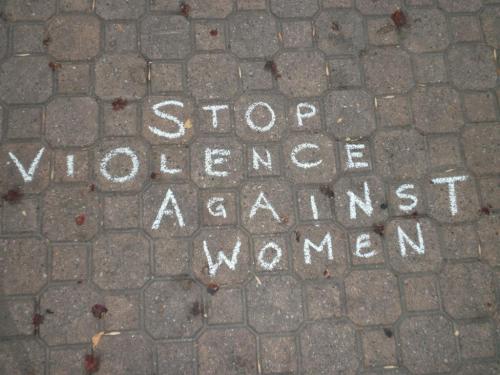By Nicole Walker
Movement.
The ability to wrap your arms around someone you love, to run to someone you haven’t seen in a period of time, to smile and laugh at the best days of your life, to see the most beautiful of scenes and to be independent. These actions may seem ordinary, but to someone who suffers from Multiple Sclerosis, commonly known as MS, they are extraordinary and every smile, footstep and hug is made with the knowledge that it could be the last.
Moving is not a guarantee and last year my family was reminded of that when my mom began complaining about not being able to see out of one of her eyes. After being seen by a physician, there was a possibility that she could have MS. After further testing, that possibility quickly changed to a reality.
Although the vision loss was temporary, the disease that is and will continue to attack her is permanent and proceeding. Currently my mom is 45 years old and relies fully on a walker to get her around and is medicated everyday, but she finds the strength to smile at every chance she gets.
Our bodies are in constant motion--moving information from the brain to the body. But, MS stops people from moving by attacking the myelin that protects normal nerve tissue. This damage keeps people from living smoothly, both inside and out.
When she was diagnosed, I was 18 years old, selfish and rarely ever home. I distanced myself even further from my mom and the realistic nature of her condition after I learned the extent of it. I became independent and for what I couldn’t handle, I relied on my older sister for.
My sister and I rarely discussed our home life with people around us, nor did we alone with one another. In our minds, if it was unspoken it wasn’t real. Being in denial made it simple to distract myself with my last month of my senior year in high school.
When graduation came around, reality set in. After the ceremony the parents of the new graduates come down to the field for pictures, hugs and memories in the making. I got up from my chair after the diplomas were handed out, looked around and felt so alone while hundreds of people surrounded me.
I stood, alone until my sister and some of our extended family made it out onto the field to congratulate me. I was grateful and happy they did, but behind that smile captured in a series of photos, I wanted to cry. My mom couldn’t come down to the field because she couldn’t walk. My step-dad, who has been the main father figure in my life, couldn’t come down either because he had to take my mom to the car.
I never got my graduation picture with my parents, and although some people don’t see the importance of it, it represented what could potentially turn into my life without my mom—alone. This realization made me question my life, my career path and my choice to move six hours away to attend Chico State in the fall.
Everything felt to be falling apart and emotionally my mom wasn’t strong enough to be there, or so I thought. I was afraid to share my feelings about her disease with her, the person I had shared every fear, dream and heartbreak with for as long as I remember. I had to be strong for her and the only way I knew how was to move on and go about life as if I had planned.
I made the six -hour move up California to Chico State. Once again, my mom nor step-dad could be there because doctors didn’t think it was smart for my mom to ride in a car that long.
Although my aunt, uncle, sister and grandma filled in the gap and helped me move, I still had that familiar feeling of being alone. Although the feeling was familiar, I never and still haven’t adapted to it.
I struggled my whole freshman year in college while my mom suffered her whole first year with MS. With distance between us, we grew apart and I found myself in positions where I needed my mom more than anything.
I stayed in on parent weekends and always resented those who got baked goods from their moms. As the year went on, I distanced myself a great deal from my mom and home life while focusing on school, switching my major from biology to journalism and getting involved in every aspect of campus.
Summer came, and I left Chico. Not to go home like the rest of my friends, but instead I spent my entire summer in Florida with my aunt, uncle and cousin. Some would call it running away, but it was a chance for me to catch my breath, find out who I was and wanted to be. I realized how much I had changed from the careless, free spirited young woman I was to the person I had become. I became afraid of living my life, while my mom was fighting an ongoing battle for hers.
Currently I am 19 years old and into my second year at Chico State. I work, have an internship and write for the school newspaper in addition to taking classes. I keep myself busy and I still feel as if I am attempting to distract myself.
As time has gone by, I have developed a close relationship with my mom. Although I have not fully accepted the full realities of her disease, I have begun to return the favor of her strength as a mother who has made me who I am today. Although we have distance apart and my step-dad is her sole caregiver, I want my strength for her to shine through.
I want her to know that no matter how far I go, she and I will remain mother and daughter and I will always view her as a strong woman even without the physical strength that MS will take away from her.
My mom complains about the pain, the numbing of limbs, loss of balance, blurred vision and memory loss. She has difficulty understanding and conversing with people. However, she is still the beautiful, strong willed, feisty, determined woman who birthed me and has been through more than many could ever imagine.
MS has impacted my family greatly, my step-dad has dedicated his life to taking care of my mom, my sister had to mature and take the roll in raising me. But, they have all shown great strength throughout this journey. I, on the other hand, have finally began to realize that I may have had my world turned upside down when my mom got diagnosed with MS, but her world was taken over and replaced with and life of full dependence on others and the unknown of what will come in the future.
On April 16, 2011, I will be leading my team, Walk it Out Chico State, in the fight against MS. We will walk in support of the National MS Society that addresses the challenges of each person affected by MS by funding cutting-edge research, driving change through advocacy, facilitating professional education, collaborating with MS organizations around the world, and providing programs and services designed to help people with MS and their families move their lives forward.
There are 400,000 Americans living with MS today. Money raised at Walk MS funds groundbreaking research and innovative programs and services to help people living with MS fight the battle. Currently, there is no cure for multiple sclerosis, and with a diagnosis occurring most frequently between the ages of 20 and 50, many individuals face a lifetime filled with unpredictability.
MS is not going anywhere without our support for the fight against this ongoing battle. I may be hours away from my mom, but I have grown to appreciate her and cherish every moment with her as time goes by. This walk is just one way to represent my gratitude toward such an inspiring woman who has never once gave up on me and I plan to never give up on her.
Because mom, I will walk forever for you.
For more information on how to get involved with Walk MS and joint Walk it Out Chico State please visit the following website, http://main.nationalmssociety.org/site/TR?px=9233383&pg=personal&fr_id=16486

























